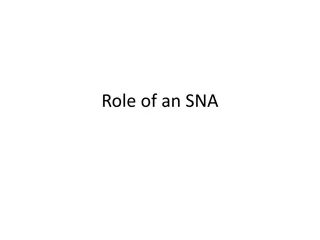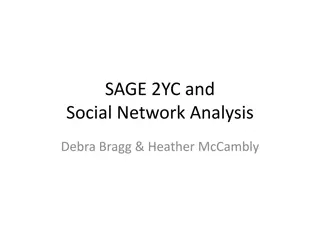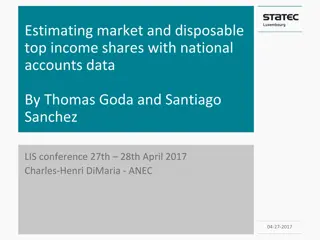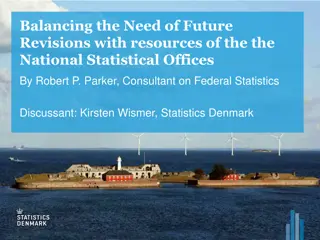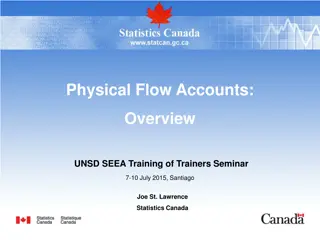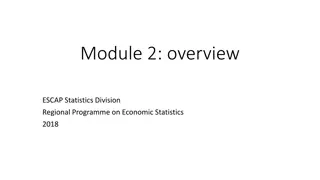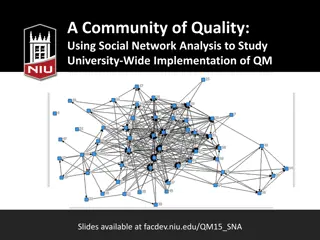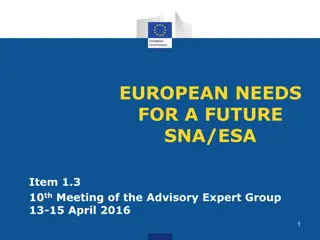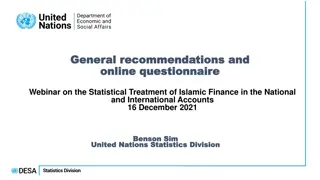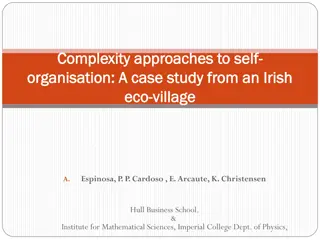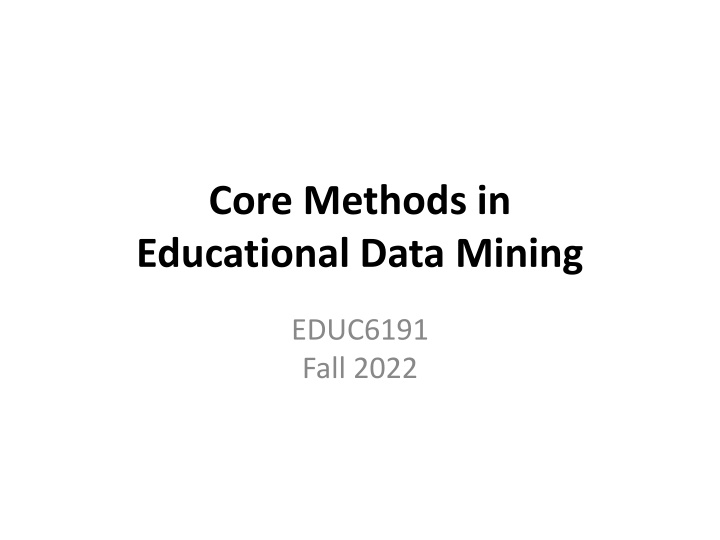
Educational Data Mining Methods and Feature Engineering Insights
Explore core methods in educational data mining, knowledge engineering concepts, automated feature generation advantages, and insights into feature engineering for creative assignments. Learn about FCBF analysis and the impact of feature engineering on model performance.
Download Presentation

Please find below an Image/Link to download the presentation.
The content on the website is provided AS IS for your information and personal use only. It may not be sold, licensed, or shared on other websites without obtaining consent from the author. If you encounter any issues during the download, it is possible that the publisher has removed the file from their server.
You are allowed to download the files provided on this website for personal or commercial use, subject to the condition that they are used lawfully. All files are the property of their respective owners.
The content on the website is provided AS IS for your information and personal use only. It may not be sold, licensed, or shared on other websites without obtaining consent from the author.
E N D
Presentation Transcript
Core Methods in Educational Data Mining EDUC6191 Fall 2022
Knowledge Engineering What is knowledge engineering?
Knowledge Engineering What is the difference between good knowledge engineering and bad knowledge engineering?
Knowledge Engineering What is the difference between (good) knowledge engineering and EDM? What are the advantages and disadvantages of each?
Automated Feature Generation What are the advantages of automated feature generation, as compared to feature engineering? What are the disadvantages?
FCBF: What Variables will be kept? (Cutoff = 0.65 for predictor-predictor) What variables emerge from this table? G H I G .7 .8 H .8 I J K L Predicted J K .4 .6 .3 .8 L .3 .5 .4 .1 .5 .8 .7 .8 .72 .38 .82 .75 .64 .42
CA2 The second creative assignment done The semester is flying by
What was your process for feature engineering for CA2? How did you decide what features to create?
Did feature engineering make your model better?
What tools did you use to create features?
Any other comments about your process/results in CA2?
Four types of centrality What were they again?
Four types of centrality Degree centrality Closeness centrality Betweeness centrality Eigenvector centrality
What does each one mean conceptually? Degree centrality Closeness centrality Betweeness centrality Eigenvector centrality
In the text, I described several types of nodes In a graph of classroom interactions, there could be several different types of nodes Teacher TA Student Project Leader Project Scribe
In the text, I described several types of links In a graph of classroom interactions, there could be several types of links Leadership role (X leads Y) Working on same learning resource Helping act Criticism act Insult Note that links can be directed or undirected
Network Analysis The most common use of network analysis is for social networks Where else might it apply?
Lets list examples What are some types of networks one might encounter in education/learning? Special cases of social networks with different nodes or links are fine
Lets break into groups Each group takes a type of network One group per network type Define what the meaning in this network would be (or could be) for Node types, links, link types, link strength Density Reachability, Geodesic Distance, Flow Centrality (in its four forms) Other measures that might be particularly relevant for your type of network
Now reconvene Who wants to share What their network type is Node types, links, link types, link strength Anything else that s interesting
Epistemic Network Analysis Is anyone here familiar with ENA? What is it?
Epistemic Network Analysis Is anyone here familiar with ENA? What is it? Studying relationships between elements in coded data
Studying Process of Successful and Unsuccessful Teams (Arastoopour et al., 2016)
Studying connections between topics in meetings over time (Nash & Shaffer, 2013)
Has anyone here conducted an ENA? If so, please tell us about it
To learn more about ENA EDUC5100 Quantitative Ethnography
To learn more about SNA EDUC7847 Social and Statistical Network Analysis

